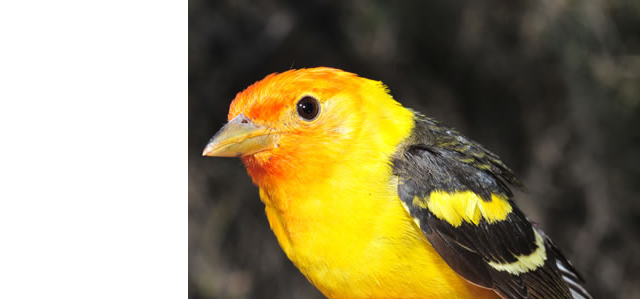
Biology Faculty & Staff Publications
Document Type
Article
Publication Date
1-1-1976
Abstract
Much recent theoretical work in foraging theory derives hypotheses from the general assumption that animals are "efficient" in their foraging activities. Useful reviews may be found in Krebs (1973), Schoener (1971), MacArthur (1972), and Charnov (1973). The problems considered usually relate to breadth of diet (Schoeneer 1969, 1971; Emlen 1966; MacArthur 1972; Marten 1973; Pulliam 1973; Werner and Hall 1974; Timin 1973; MacArthur and Pianka 1966; Pearson 1974; Rapport 1971), strategies of movement (Cody 1971; Pyke 1974a, 1974b; Smith 1974a, 1974b), or use of a patchy environment (Royama 1970; MacArthur and Pianka 1966; Pulliam 1973; Krebs et al. 1974; Smith 1974a, 1974b; Tullock 1970; Emlen 1973; Charnov, Orians, and Hyatt 1975). This list includes only the more theoretical contributions and is far from exhaustive. Several studies test the predictions of these formal models (Krebs et al. 1974; Pyke 1974a; Werner and Hall 1974; Smith 1974a, 1974b). In this paper I develop a simple model of breadth of diet for a random-encounter situation. Predictions made by the model will then be compared to the behavior of a real predator, the mantid, Hierodula crassa. I show that this mantid supports the predicted behavior. The final section argues that, even though the behavior is as predicted, several alternative explanations are not excluded. In fact, at least with this type of predator, the foraging behavior may reflect several ultimate factors, with energetic efficiency being only one.
Publisher
American Naturalist
Volume
110
First Page
141
Last Page
151
Language (ISO)
English
Keywords
optimal foraging, mantids (Hierodula crassa)
Recommended Citation
Charnov, E.L. 1976. Optimal foraging: Attack strategy of a mantid. American Naturalist 110:141-151
